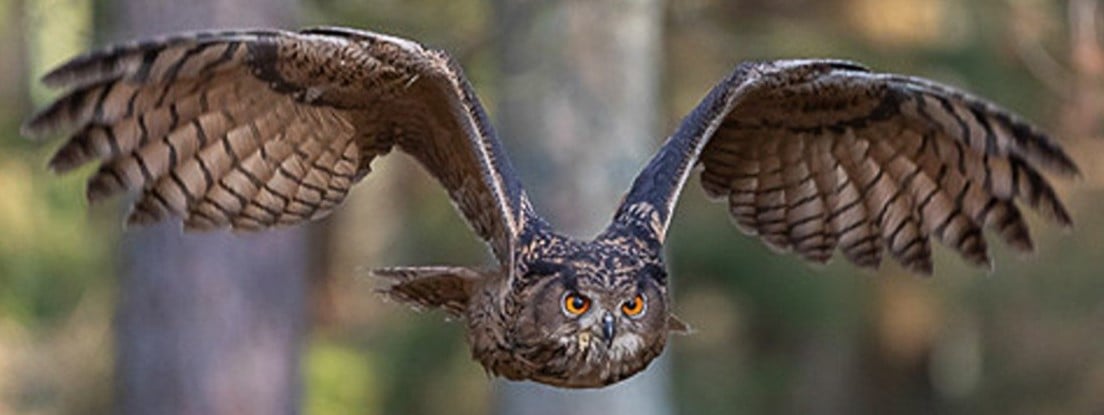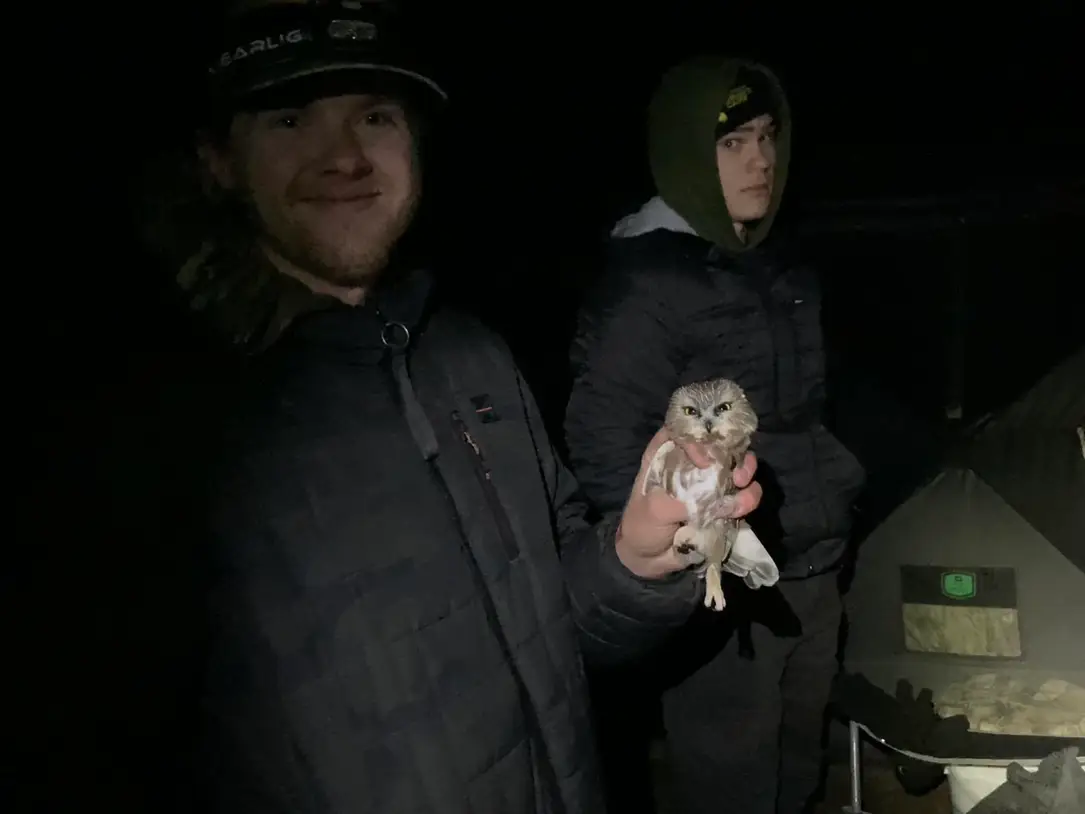Superbowl
For owls that are superb.

US Wild Animal Rescue Database: Animal Help Now
International Wildlife Rescues: RescueShelter.com
Australia Rescue Help: WIRES
Germany-Austria-Switzerland-Italy Wild Bird Rescue: wildvogelhilfe.org
If you find an injured owl:
Note your exact location so the owl can be released back where it came from. Contact a licensed wildlife rehabilitation specialist to get correct advice and immediate assistance.
Minimize stress for the owl. If you can catch it, toss a towel or sweater over it and get it in a cardboard box or pet carrier. It should have room to be comfortable but not so much it can panic and injure itself. If you can’t catch it, keep people and animals away until help can come.
Do not give food or water! If you feed them the wrong thing or give them water improperly, you can accidentally kill them. It can also cause problems if they require anesthesia once help arrives, complicating procedures and costing valuable time.
If it is a baby owl, and it looks safe and uninjured, leave it be. Time on the ground is part of their growing up. They can fly to some extent and climb trees. If animals or people are nearby, put it up on a branch so it’s safe. If it’s injured, follow the above advice.
For more detailed help, see the OwlPages Rescue page.
view the rest of the comments

I always like reading about how some of these little guys are from remote parts up in the Canadian wilderness, and this might be their first encounter with a human ever.
That's got to be so strange for them. Just minding their own business, being bonked off an invisible net, and next thing they know a giant hand grabs hold of them!
Then they leave after getting weighed and measured with a new ankle bracelet wonder wtf just happened.
they also try to measure their body fat. at least in song birds, they do this by puffing/blowing on the belly feathers.
which has got to be weird. I don't recall if they stuck a thermometer anywhere. But eh... they also stuffed the birds into old socks. which, and sometimes tried to get lots of pictures of them.
(gram for gram, chickadees are the toughest fighters. Dude drilled out a bit of the ornathologist's knuckle when the teacher wanted a picture. in all, took a larger chunk of flesh than the jay did.)
Yikes on the biting! I don't think they've forgotten their dino lineage.
I'll have to look into the belly puffing. I want to see them giving birds raspberries. 😆
I haven't seen them doing any body fat measurements specifically. I have seen a few things where they compare the weights if they recatch them along their migration. The amount they can burn off in a few days was amazing!
to be fair, the birds were scared shitless and we all knew exactly what was going to happen. the sacrifices made for a decent photo. the chickadee was held propped up by the feet so he basically flopped over and started jackhammering with their tiny beak. the jay just bit down and didn't let go. (maybe it was a cardinal? he had both coming through.)
commentary on the most foul birds? Geese and swans. Geese are more common but swans are bigger.
This is why we need to remember the "wild" part of wild animals. They live in a different world than the one we picture in our heads, but they aren't afraid to remind us.
I didn't get much choice to feed the squirrels along side my bluejay friends, and I had been trying to get them to take the peanuts from my hand for a few months.
One day one did, and it put its claws on my hand when it did. They felt so sharp! At that point we both decided to keep sensible distance as between the claws and nut cracking teeth, I didn't want usnto have any miscommunication that would result in my being shredded.